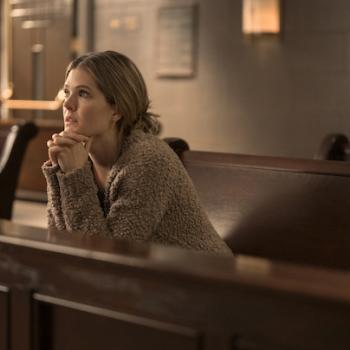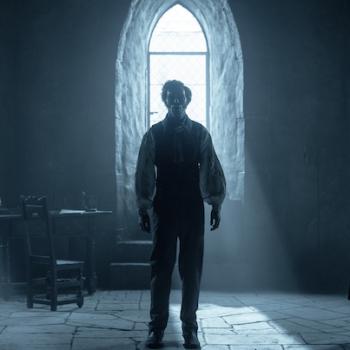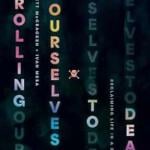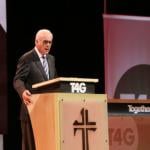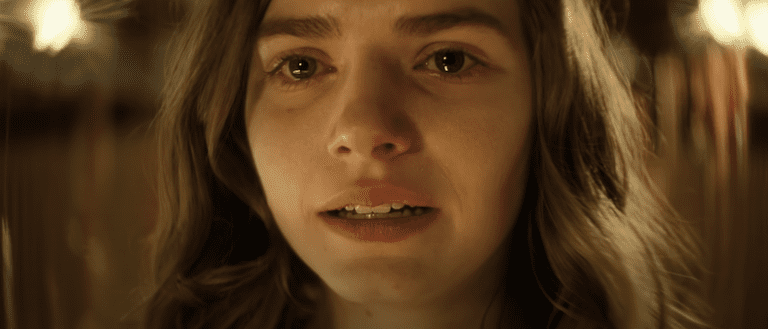
Christian entertainment blooms this time of year.
In the space between Palm Sunday and Easter, Christians found plenty of screened-based stories to scratch their spiritual itch, from The Girl Who Believed in Miracles in theaters to Resurrection on Discovery+ to the first episode of The Chosen’s second season on VidAngel. And for those with a more macabre bent, they might’ve stumbled across The Unholy, too.
Now, admittedly, Holy Week seems like a strange time to release a horror movie called The Unholy. But the flick might go down in 2021 history as one of the year’s most religious films—rooted in (as Variety’s Owen Gleiberman says) a “pop version of Christianity”. It’s also, at times, effective. But ultimately it fails—both as a message and a movie—from one big problem.
But first, let’s set up the story.
The Walking Dead’s Jeffrey Dean Morgan plays Gerry Fenn, a one-time big-city journalist who got caught making up stories and now ekes out a living posting schlocky pieces for a questionable news site. His latest assignment: investigating cattle mutilations in Banfield, Massachusetts.
Alas, the cow in question is alive and seems just fine, outside a “Metallica” symbol on its posterior. So Fenn—never known for letting the truth get in the way of a good story—decides to sensationalize it a bit. He finds an old, creepy doll in the hollow of an old tree and smashes its head, planning to write about how the crushed doll harbored an unknown evil.
That’s a bit of ironic foreshadowing, of course.
That evening, Fenn almost literally runs into a young woman named Alice (Cricket Brown), who appears to be sleepwalking in the middle of the road. He follows Alice to that same weird tree, watches the girl drop to her knees and appear to pray to it before keeling over, unconscious. When Fenn goes to the nearby Catholic Church for help, he learns from the priest there (Father Hagen, played by William Sadler) that Alice actually lives there: She’s Father Hagen’s niece, and he’s been caring for her ever since her parents died.
Oh, and she’s completely deaf, too. She has been for pretty much her entire life. So how, Fenn wonders, was she speaking to the tree?
The next morning during Mass, Alice leave the service, makes a beeline for the tree (as most of the congregation follows her out the door) and, suddenly, gets her hearing back. She tells the congregation that it was a gift from Mary, who wants to use Alice to speak to the world.
Well, seems like Fenn has found a story after all. The fact that Alice can hear now would seem to be a full-blown miracle. And everyone assumes that Alice owes it to “Mary,” as in the Blessed Virgin Mary. But as the miracles pile up, some—from Father Hagen to Fenn himself—begin to have their doubts.
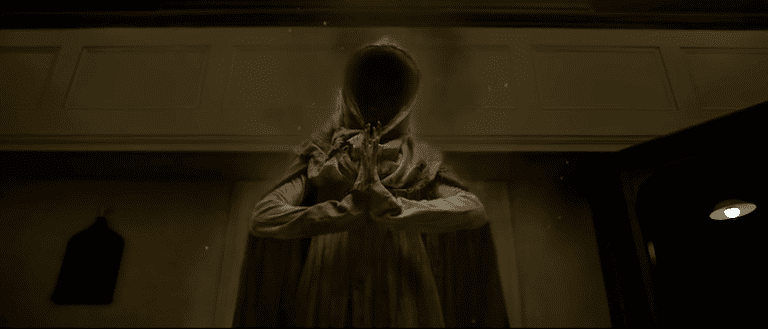
False Prophets
Don’t think it’s too much of a spoiler to say that the force behind Alice’s miracles isn’t that Mary at all, but a much more sinister presence. And on a horror movie level, she’s pretty creepy—nothing I’d want to see crawling toward me, at any rate.
She’s straight-up diabolical. The Unholy takes seriously the idea not just of supernatural forces posing a threat to us mortals in this world, but that they can threaten our eternal souls, too. That’s the end goal of the villain in question; she doesn’t want to kill people as much as damn them.
But if the devil’s in play here, holier forces are, too. Righteous priests do battle with the forces of darkness, and the movie gives us a real miracle, too—one asked for by prayer and given by God.
But how can you tell a real miracle from a fake one? That’s where the movie camps, spiritually speaking, and that’s where it’s at its most interesting. (Caution, spoilers ahead.)
The movie concludes by quoting Matthew 7:15: “Beware of false prophets, who come to you in sheep’s clothing but inwardly are ravenous wolves.” Unwittingly, Alice becomes a false prophet of an altogether different Mary, who in 1845 admitted she cavorted with Satan who, in return for her devotion, gave her some pretty miraculous powers. She used those powers to perform, as Matthew might say, “signs and wonders,” and she led many astray back in the day—becoming very much a false prophet. Now she’s back, working through an unwitting Alice to claim more souls for her infernal master.
The movie examines what can happen when we follow such false prophets: Alice becomes a celebrity, complete with her own #AliceSaves hashtag and kitschy souvenirs. And while a few wonder whether Alice is quite as good as she appears, even the local Catholic Diocese is taken in—or, at least, is willing to accept these miracles at face value for the sake of growing the Church. The movie stresses how tempting and corrupting false prophets can be.
But even in the presence of real miracles, the devil can make hay, the movie reminds us. ather Hagen points to the miraculous happenings at Lourdes or Fatima: The women and children who brought attention to them either died quite young or lived difficult lives thereafter.
Father Hagen quotes Martin Luther to Fenn: “Where God builds a church, the devil will build a chapel.”
But how does one battle the Lord of Lies and his false prophets?
That’s where the film loses me.
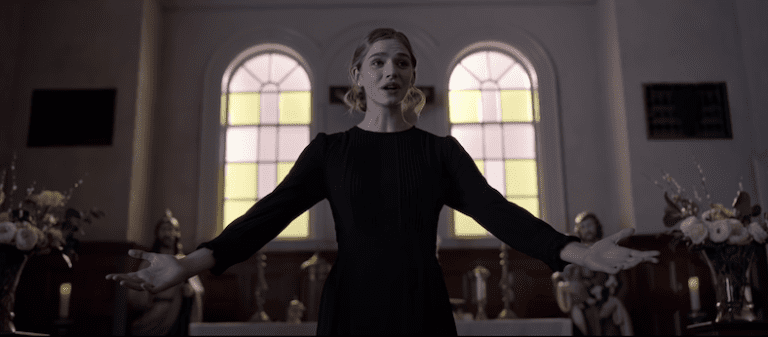
Lie-ing in Wait
The movie gives us a spiritual hero in Monsignor Delgarde, an inquisitor who investigates and tries to debunk reported miracles. Only real, confirmed miracles meet Delgarde’s sniff test. He’s not trying to bolster the prestige of the Church. He has no interest in giving questionable miracles a pass for the sake of believers. He’s after the truth. And the movie suggests, through him and Father Hagen, that doubt and skepticism is a good thing. It keeps us from falling for lies that ultimately lead us astray.
Faced with the blasphemous lie of false miracles, it would seem that the truth should naturally be the counterpoint, right?
Instead, the film gets Delgarde out of the way and turns to Fenn. As a journalist, he’s another would-be truth-teller who fell from grace by telling lies.
And Fenn does find a measure of redemption through some timely confession and truth-telling. But in the movie’s climactic scene, he turns away from that and instead recalls something that Mary said: That “doubt kills faith” (which runs counter to the film’s faithful doubters). He figures the way to introduce doubt into Alice’s fervent followers is not by telling the truth, but a big, fat lie. He says that he made up the miracles for the sake of a story.
Now, the movie seems to suggest this was an act of sacrifice on Fenn’s part: He’s a guy who wanted, more than anything, his career back. By announcing that he’d lied about the whole thing, Fenn gave up that career for a higher cause. I get all that.
But in so doing, The Unholy completely undercut both its theological and artistic grounding. It left its house on the rock for one built on sand, and so it ultimately allowed itself to be washed away. I don’t think that the way to fight falsehood is through telling more lies; that doesn’t work even in the secular world, and it sure as doesn’t work in the spiritual one.
The Unholy sacrificed narrative coherency and spiritual cohesiveness for an easy, and not-very-satisfying, clincher. It forgot what it wanted, and needed, to say.






